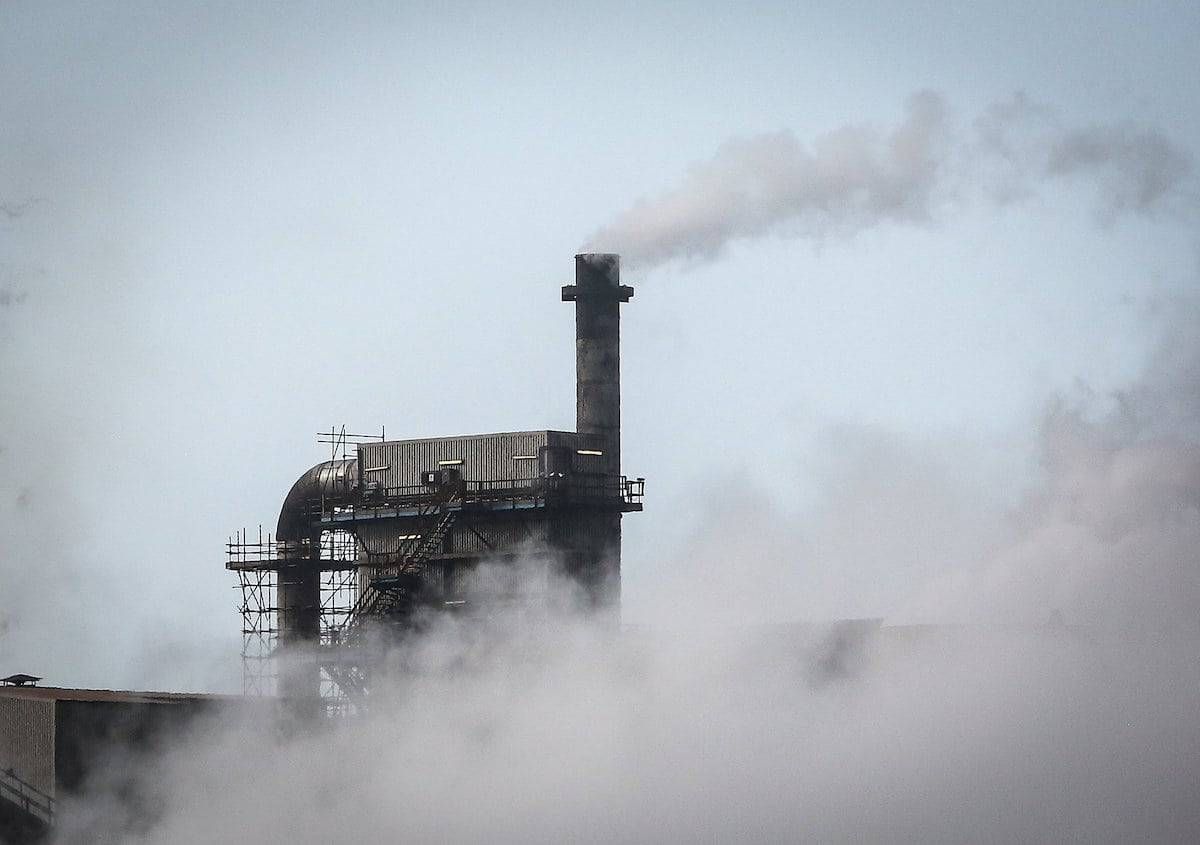
China’s regulations have failed to curb greenhouse gas emissions, warns a new study.
Already the world’s leading emitter of human-caused greenhouse gases, China continues to pump increasing amounts of climate-changing methane into the atmosphere despite tough new regulations on gas releases from its coal mines.
First author Dr Scot Miller, an Assistant Professor of environmental health and engineering at Johns Hopkins University in Baltimore, said: “Our study indicates that, at least in terms of methane emissions, China’s government is ‘talking the talk,’ but has not been able to ‘walk the walk.'”
China is the world’s largest producer and user of coal, with it accounting for almost three-quarters (72 per cent) of the country’s electricity generation.
While figures show that coal production increased in China, it has been unclear until now how much methane gas, or CH4, has increased.
Coal mine methane, or CH4 that is released during coal mining, is responsible for the majority of coal-related CH4 emissions and is likely the largest human-caused CH4 source in China.
In an effort to reduce coal mine methane, China enacted regulations in 2010 requiring all mines to utilise all coal mine methane for electricity generation or heating, or flare it.
Flaring converts the CH4 into carbon dioxide which does not warm the climate as effectively as CH4.
The country’s 12th Five Year Plan, the Communist government’s strategy for economic and industrial development for 2011 through 2015, set a goal of using 8.4 billion cubic metres, or 5.6 teragrams, of coal mine methane by 2015.
The plan also targets coal mine methane use of 20 billion cubic metres or 13.2 teragrams by 2020. For context, China’s 2015 targets are equivalent to eliminating all methane emissions from a country such as Australia or Canada, and the 2020 targets are more than twice that amount.
To examine how China’s methane emissions have trended from 2010 to 2015, the research team used data from the Greenhouse Gases Observing (GOSAT) satellite.
Launched by the Japan Aerospace Exploration Agency in 2009, GOSAT collects observations of atmospheric methane and carbon dioxide.
It is one of the first satellites to measure the gases with sufficient precision and accuracy to provide a robust view into greenhouse gas emissions at the Earth’s surface.
The satellite’s record of observations provides researchers with the chance to examine annual trends in greenhouse gas emissions across the globe.
While other studies have used GOSAT data to focus on individual regions such as India or on individual years, the new study is the first time the satellite’s observations have been used to focus specifically on trends in China’s methane emissions.
The researchers found that methane emissions rose by around 1.1 teragrams each year from 2010 to 2015 in China, resulting in about a 50 per cent higher level of annual CH4 emissions by the end of the period.
The increase is comparable to total emissions from countries such as Russia or Brazil.
The researchers also found that the increase from China accounts for 11 to 24 per cent of the world’s total increase.
They said the increase was consistent with trends prior to China’s 2010 policy implementations, which suggests that the country’s regulations haven’t been effective in slashing methane emissions.
Dr Miller added: “China has received a lot of press coverage over the past few years for its efforts to enact greenhouse gas regulations and its efforts to become a leader on climate change, but the numbers show that China’s methane regulations, in particular, have not had any detectable impact on their emissions.”
The findings were published in the journal Nature Communications.
By Stephen Beech